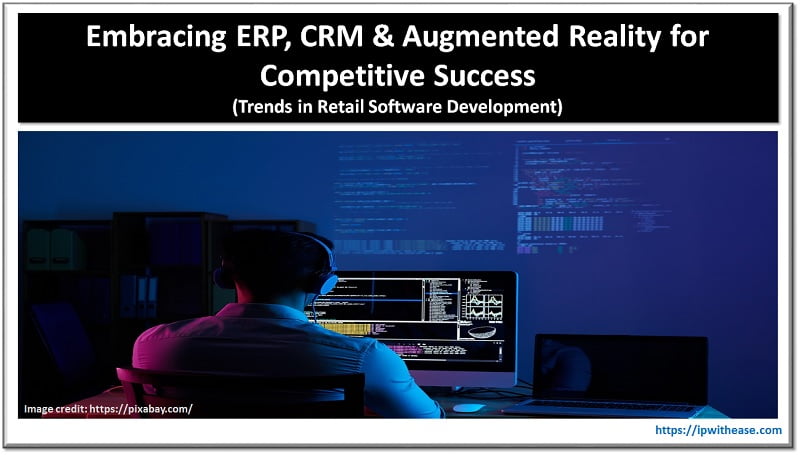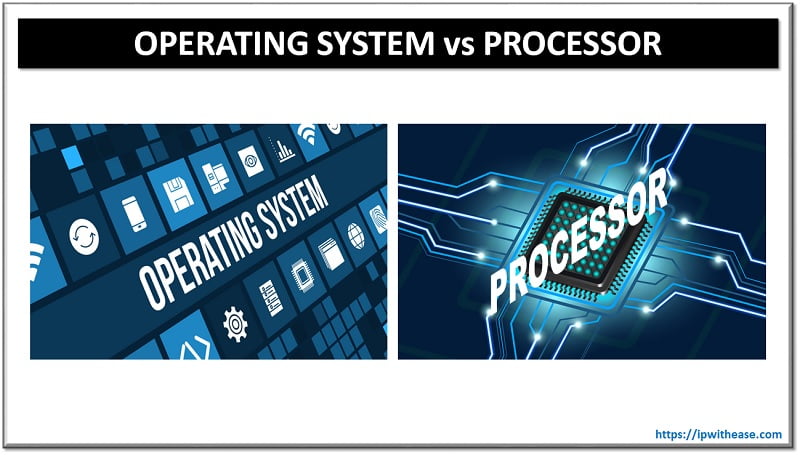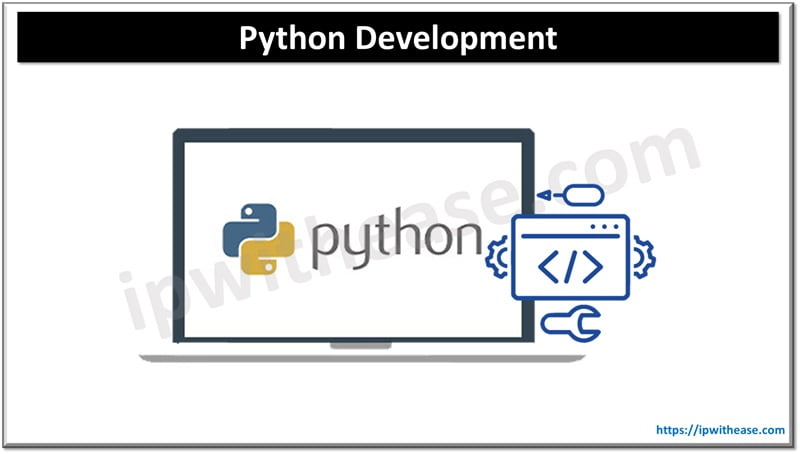Table of Contents
Node.js is a JavaScript runtime environment that allows developers to run code on the server side. Node.js is an open-source, cross-platform framework that allows developers to build fast, scalable network applications and web servers.
The Complete Guide to Node.js Framework in 2024 will cover the following topics:
- What is Node.js?
- Benefits of outsource Node.js Development Services
- How to Use Node.js Framework
- The Future of Node.js Framework
What is Node.js?
Node.js is an open-source, cross-platform JavaScript run-time environment that executes JavaScript code outside of a browser. Node.js is used in many different ways and for many different purposes, but most notably as a server-side platform for web applications, powering over 2 million websites including LinkedIn and PayPal.
Benefits of outsource Node.js Development Services
Outsource Node.js Development Services provide a cost-effective way of developing scalable and high-performing applications.
There are many benefits to outsourcing your Node.js Development Services to an external company such as us. We have the expertise and experience to help you develop the best application possible, in a quick and efficient way, without any need for you to hire expensive in-house developers.
How to Use Node.js Framework for Your Next Project
Node.js is a JavaScript runtime environment that is used to develop server-side and networking applications. Node.js is the perfect choice for this type of project because it allows developers to use JavaScript on both the client and server side, which makes it easier to write code. that can be shared across the two environments.
Node.js Framework Tips and Tricks You Might Not Know About Yet
Node.js is a popular and powerful JavaScript-based framework that allows developers to create server-side applications.
Node.js is a platform built on Google’s V8 JavaScript engine and it uses an event-driven, non-blocking I/O model that makes it lightweight and efficient.
Here are some Node.js best practices:
- Use the Node Package Manager (NPM) to install modules
- Use the debugger to debug your code
- Make sure you understand how closures work in Node before using them
- Know how to use callbacks in Node
The Future of Node.js is Bright with More Applications Coming Soon
Node.js is a cross-platform runtime environment for developing server-side and networking applications. Node.js is built on Chrome’s JavaScript runtime so it can be used to develop all kinds of applications from a simple website to a complex application with real-time communication, such as video streaming, chat and social media apps.
Node.js is mainly used for real-time web applications because it provides the necessary tools for building these types of apps without having to write the code from scratch. The main reason for this is that Node.js uses an event loop to handle concurrent connections and events in an efficient way by using non-blocking I/O calls that don’t wait around for responses before fulfilling other requests, which speeds up the process significantly.
The future of Node.js looks bright. According to the Node.js project, there will be a new major release of Node.js in 2018 that will add features that enterprise users have been requesting for a long time like the ability to mount file systems and providing snapshot modules for taking backups of the running app.
Node is often used with one or more frameworks available as npm packages to provide support for the latest web frameworks like React, Angular, and Vue.Node.js allows developers to build scalable web applications with JavaScript on the server side and JavaScript running in the browser using Node-ChakraCore.
Continue Reading:
Introduction to JSON (JavaScript Object Notation)
Java vs Python – Detailed Comparison
Are you preparing for your next interview?
If you want to learn more about Java, then check our e-book on Java Interview Questions and Answers in easy to understand PDF Format explained with relevant Diagrams (where required) for better ease of understanding.
ABOUT THE AUTHOR
IPwithease is aimed at sharing knowledge across varied domains like Network, Security, Virtualization, Software, Wireless, etc.



